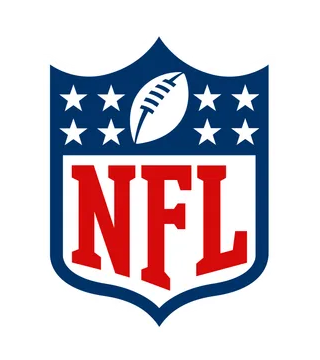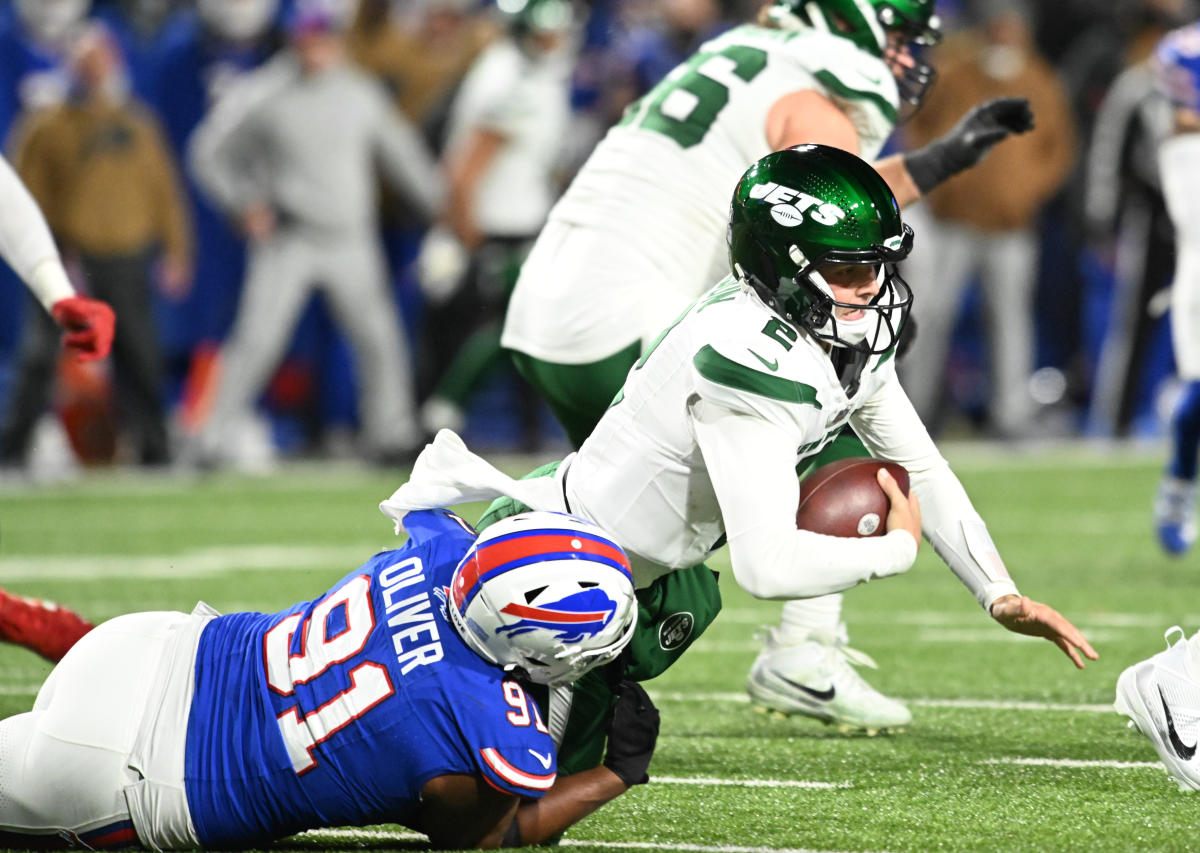What makes this situation frustrating is that the Jets knew what Wilson was after watching him for two years as a starter. It stands to reason that if Rodgers were lost at any point — and certainly that had to at least be entertained as a scenario given his age — there should have been a question asked in connection with it. And that question is this: If Rodgers is lost for extended time, why is there confidence that Wilson’s performance will be any different than it was in his first two seasons?
There’s a backdrop of knowledge for that question. When the Wilson plan went wrong for the Jets, the internal assessment of the failure after the 2022 season landed on one central point of regret: If the franchise could do it all over again, Wilson would have redshirted his rookie season. When the powerbrokers inside the organization looked back on what went wrong, it was the assumption that Wilson was ready to commandeer the team as a rookie, even when the surrounding depth chart had lingering issues.
He wasn’t ready. What they didn’t expect was the consequences of that reality. Not only wasn’t he ready in 2021, it would linger into a disastrous 2022 and get worse to the point of a near mutiny in the locker room. The response to that was to admit the mistake and make a move for Rodgers. But that move ended up carrying the fatal flaw that we are seeing now.
After depending on Wilson to be something that he wasn’t for the first two years of his career, the Jets rolled the dice a second time, leaving him in place as a backup. And the results are suggesting a fundamental truth. Not only did Wilson need a redshirt year in 2021, he needed another one in 2023 to begin reconstructing him from the ground up. It’s a stark and expensive reality, but the Jets would have been in much better shape if they had started the season with another dependable backup for Rodgers. And with that decision, Wilson should have been put at the third spot on the depth chart with the expressed goal of allowing him to learn from Rodgers without exposing the team to the risk that Wilson wouldn’t be ready when called upon.
Of course, most NFL architects would tell you that such a scenario is absurd. You can’t take a quarterback with Wilson’s salary and slide him all the way down to the third spot on the depth chart so that he can take a sabbatical from pressure. Either he’s capable of being a backup who can help rather than hurt, or he’s no longer an asset to the roster. The San Francisco 49ers came to that conclusion when they dropped Trey Lance to the No. 3 spot on their depth chart and then subsequently traded him to the Dallas Cowboys. It was a hard mistake to admit, but it also put the front office and coaching staff into the position of staring at their backup spot and thinking the player there, Sam Darnold, can at least give them a fighting chance to survive in case of an injury.
They could have gone with Lance as backup and made their own twice-baked mistake. But they knew that the risk he represented as a backup was too great, and declined. Everyone in that organization has moved on and is sleeping just fine.
The Jets went the other way. And they’re reaping what they sowed. The only questions now are how much longer they’re willing to stand in the path of this relentless imperfection at quarterback, and whether it’s already too late for everyone to get up from the collision.



Speaking of making the same mistakes, they also hired Gase and Hackett